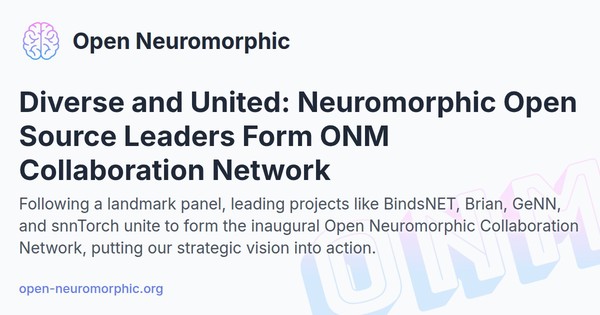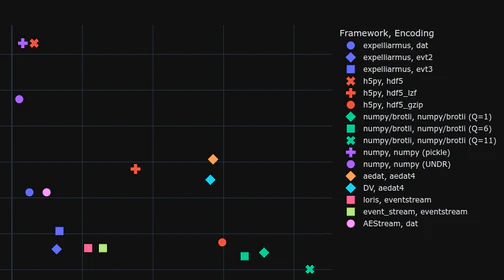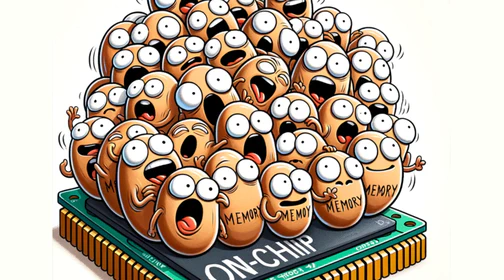
Our recent community panel, “Open-Source Neuromorphic Research Infrastructure,” was a tremendous success. Organized by ONM Chair Jens E Pedersen and brilliantly hosted by Giulia D’Angelo, the event brought together the maintainers of the most critical tools in our field for a much-needed discussion on building a more unified, competitive, and accessible ecosystem.
The energy and shared purpose from that discussion were too valuable to let fade. It became the catalyst for something new: the official launch of the Open Neuromorphic Collaboration Network.
A Strategic Vision in Action
This initiative is a direct answer to the call for a more collaborative and open ecosystem that we outlined in our Strategic Vision for Open Neuromorphic. By uniting these essential projects, we are creating a shared space for the exchange of ideas, acting as an ambassador to help newcomers find their bearings and veterans discover new collaborators. This is a concrete step towards reducing fragmentation, improving interoperability, and making neuromorphic technology more accessible and reproducible for everyone—core tenets of our vision.
We are honored to announce the founding members of this new network, featuring the leading open-source projects in our field:
- AEStream: A high-performance library for streaming event-based data.
- BindsNET: A key PyTorch-based framework for simulating biologically plausible SNNs.
- Brian: One of the most established and flexible simulators, renowned for its equation-based approach to neuron modeling.
- Faery: A modern, high-performance library for processing event-based camera data.
- GeNN: A powerful, GPU-accelerated simulator for large-scale, high-performance SNNs.
- Neuromorphic Intermediate Representation (NIR): A community-driven standard for model interoperability.
- NIRTorch: The essential PyTorch integration for the NIR standard.
- snnTorch: A popular framework for gradient-based training of SNNs in PyTorch.
- Sottosoglia Podcast: An insightful podcast exploring the human side of neuromorphic science.
Diverse and United
A theme that resonated throughout the panel was the idea of being “Diverse and United.” Our field is broad, spanning everything from deeply bio-inspired computational neuroscience to performance-driven machine learning. This diversity is our strength, and by uniting, we amplify it.
The goal of the Collaboration Network is to celebrate the diverse contributions of each project. It’s about fostering a culture of sharing and signaling that the lines of communication between these foundational tools are wide open. We believe this shared commitment to openness sets the groundwork for the deeper collaborations needed to propel the entire field forward.
A New Chapter: Announcing Supporter Tiers
The launch of our Collaboration Network marks a new chapter for Open Neuromorphic. The incredible projects listed above form the bedrock of our Foundational Supporters tier.
To build on this momentum, we are now introducing Platinum and Gold supporter tiers for organizations, companies, and institutions who wish to financially support our mission. Funding will be directed toward improving our shared infrastructure, supporting open-source development, and creating more educational resources and events.
If your organization believes in the power of an open and collaborative neuromorphic future, we invite you to become a supporter.
What’s Next?
This is just the beginning. The formation of this network is a testament to what we can achieve when we work together. We want to extend a heartfelt thank you to all the founding members for their commitment to this shared vision.
We invite everyone to:
- Explore the founding members on our Supporters Page.
- Learn more about becoming a supporter by contacting us at contact@open-neuromorphic.org.
- Join the conversation on our Discord server and help us build the future of neuromorphic computing.
Have an idea? Share your voice.
Open Neuromorphic is a community-driven platform. We invite you to share your research, tutorials, or insights by writing a blog post.









